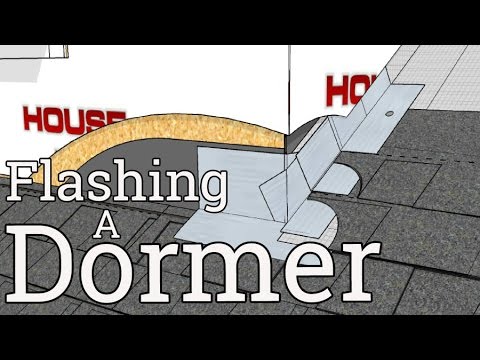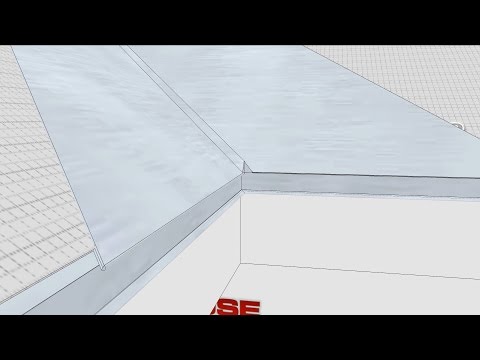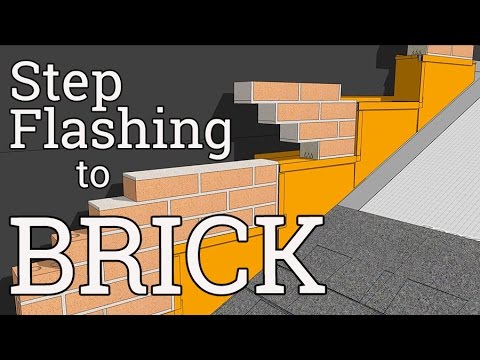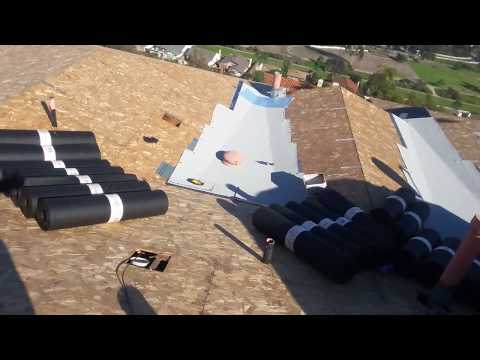Flashing a wood-framed chimney is like flashing a dormer, except there’s no roof behind it to direct uphill water away
Without protection, water can leak into the joint and rot your walls. To direct water out of the connection, make a chimney cricket slope away.
How to flash a wood-framed chimney cricket:
- Frame the little roof with 2x4s and sheath it.
- Below the chimney, use peel-and-stick to flash the roof-to-wall joints, making sure to overlap the upper pieces over the lower pieces.
- Cover the cricket with peel and stick membrane, too.
- Now, the roofing underlayment or felt paper can be installed. Fold the underlayment up the chimney wall, higher than the step flashing.
- As you work your way up the roof, cut the shingle course around the lower edge of the chimney.
- Lay a bead of roofing sealant on the shingle along the front edge of the chimney, and another little bead at the lower corner, where two flashings will overlap.
- Bed the base flashing into the big bead and overlap the lower piece of step flashing.
- Shingle over the step flashing and continue to weave the step flashing and shingles to the upper edge of the chimney.
- The top piece of step flashing folds around the chimney.
- Crickets that slope at least 4 in 12 can be covered with shingles. Low-slope crickets should be covered with a metal cap
- You can cover the cricket with shingles if you want to, but a really nice option is a 20-gauge metal cricket cover.
- The cut corners are covered with patches soldered into place.
- The metal cover caps the cricket, and the peel and stick membrane seals the top edges.
- Roof underlayment can then proceed up the roof, and shingles can run up the valleys of the cricket.
- House wrap can then be installed over the step flashing.
- When you install siding over the house wrap, make sure to gap it off the roof at least two inches.
This will keep it free of debris so water runs down your roof and into the gutter.
—Technical assistance: Matt Jackson, The Timber Tailor (Rapid City, South Dakota), Doug Horgan, BOWA (McLean and Middleburg, Virginia). 3-D Modeling by Matt Jackson and Dan Morrison.
Refused to help: Dan Kolbert, Kolbert Building (Portland, Maine).












